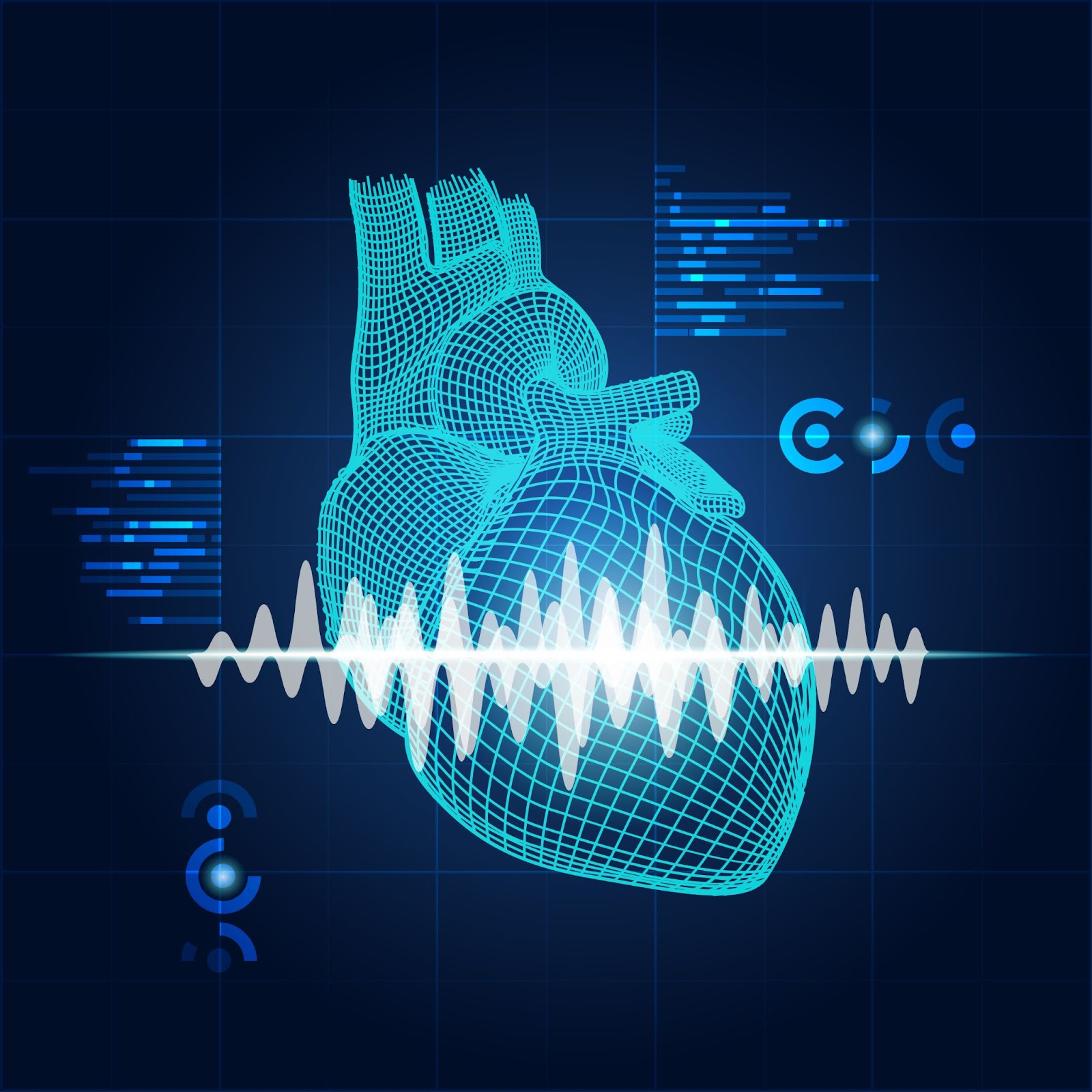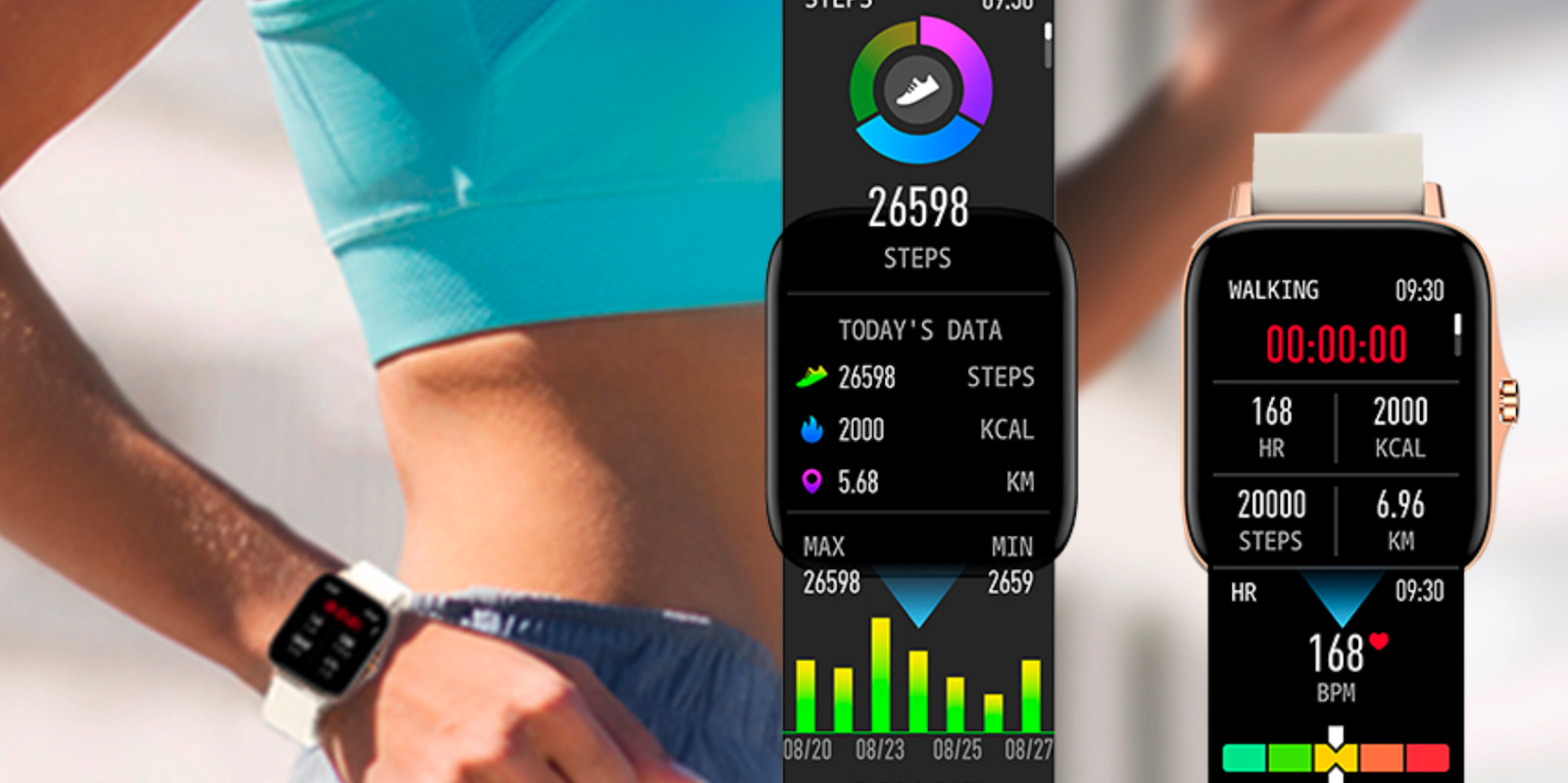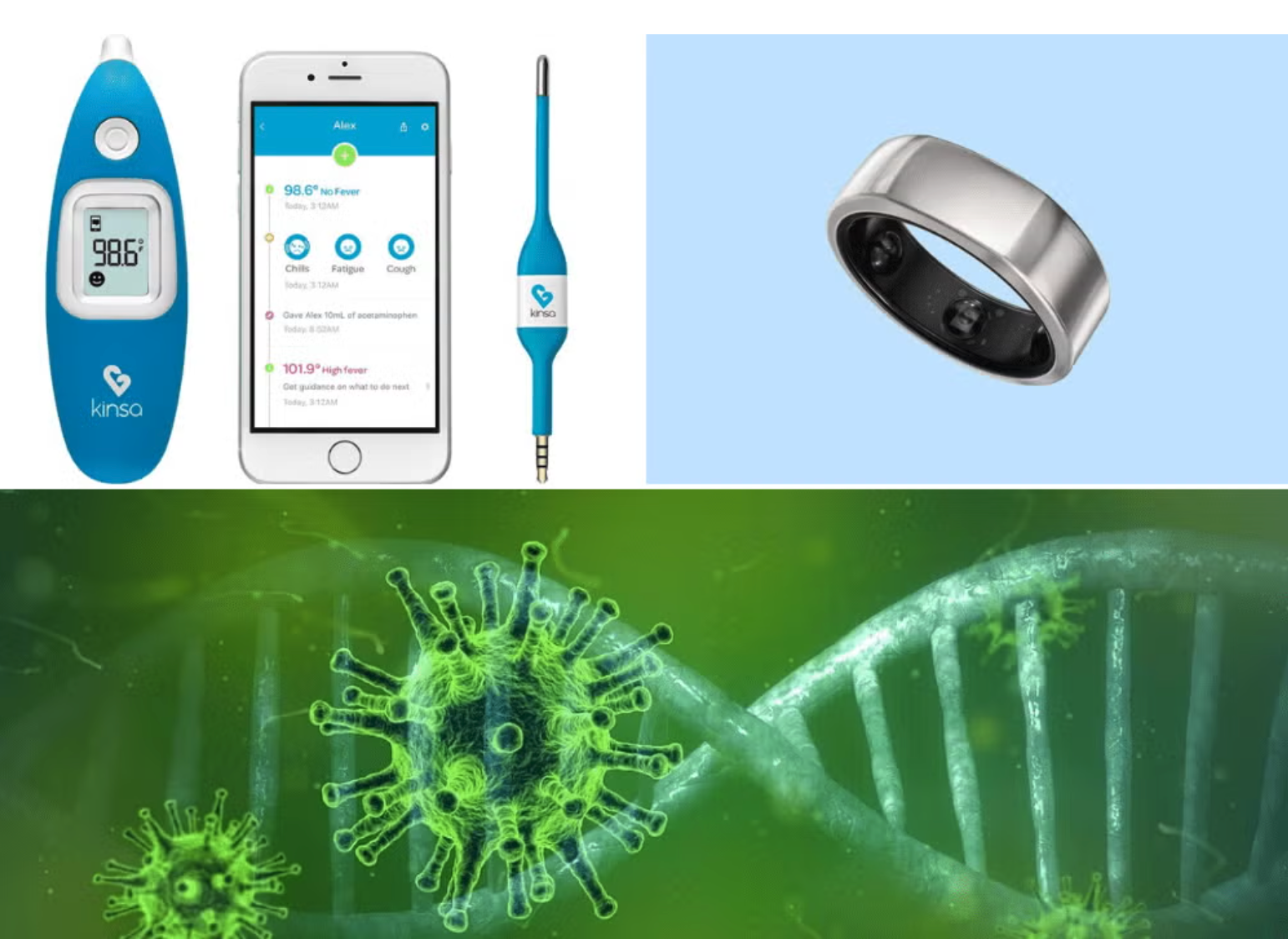
The population of the world is growing every day. Healthcare is one of the most important aspects of expansion concerning population growth. Opting for a heartbeat analysis or gait analysis are crucial for predicting health conditions. Technology increase is helping to predict, treat, and distinguish certain heartbeat and gait conditions.
Heartbeat Analysis: Decoding the Rhythm of Health
Healthy biological systems exhibit complex patterns of variability, also known as mathematical chaos.
What is Heart Rate Variability (HRV) and Why Does It Matter?
Heart rate variability (HRV) measures how the time between heartbeats, called interbeat intervals (IBIs), changes over time (IBIs).
A healthy heart doesn’t follow a schedule. A healthy heart’s oscillations are constantly changing and complicated. This lets the cardiovascular system respond to sudden physical and mental changes.
When the parasympathetic nervous system is in control, as it is during meditation or sleep, HRV should increase. So, under stressful situations, HRV declines. This decline happens because the body’s heightened sympathetic activity helps it meet the demand. Thus, HRV is typically:
- Higher during slow heartbeats
- Meditation
- Sleep
- Lower during rapid heartbeats
- Stress
- Exercise
The Role of HRV in Stress and Relaxation Management
The HRV level fluctuates naturally during the day based on activity and stress level. Systems might not function as they should if a person is stressed out or overworked. The sympathetically dominant fight state can persist even while a person is sleeping, harming both mental and physical health and taxing the body.
Innovative Heartbeat Technology: Health Insights at Your Fingertips
Wearable technology has become an essential part of modern healthcare, transforming the way we monitor and manage our health. By providing real-time data and actionable insights, these devices are making advanced health monitoring accessible to everyone.

How Wearable Sensors Are Changing Health Monitoring
With smartphones, technology in the Internet of Things (IoT) industry is increasing to assist people with their health. Wearable sensors can:
- Track athletes’ heart rates in real-time
- Assist with physical exercises
- Help individuals become aware of fluctuating heartbeats
- Determine how healthy an individual is
- Assist individuals in enhancing their health
Monitoring heart health isn’t the only thing in which heartbeat technology is helpful, it can also serve as a way to discover and identify infectious diseases.
Smartwatches and Disease Detection: A New Era of Health Tech
Smartwatches and other wearable devices can measure users’ physiological markers like:
- Heartbeat changes
- Skin temperature and more
These measures may help detect infectious illnesses before a patient receives a diagnosis. One example is the observation of Coronavirus infections. In a Stanford research study, 81% of COVID19-positive individuals saw alterations in their resting heart rates. These rates lasted for up to 9.5 days before the start of symptoms while wearing various activity trackers from Garmin, Fitbit, and Apple. The study found that a higher heart rate signaled the onset of symptoms.
The study, released in Nature Biomedical Engineering in November 2020, states that approximately two-thirds of COVID-19 cases were discovered four to seven days before individuals started exhibiting symptoms.
Digital Biomarkers: The Future of Personalized Medicine
Digital biomarkers could aid healthcare professionals in better anticipating patient outcomes. While also helping them to create individualized treatment programs.
How Digital Biomarkers Are Transforming Patient Care
A course of action is determined mainly by biomarkers, which are quantifiable signs of what is occurring in the body, such as heart rate and blood pressure.
A doctor might take a blood sugar reading from a patient and use it along with other data to develop a treatment strategy.
However, these biomarkers are frequently only measured occasionally and are challenging to study over an extended period. As a result, diagnosing patients takes longer, and treatment is more expensive.
Real-Time Data Analysis for Faster, Smarter Treatments
Digital biomarkers can help with this. They help because they gather patient data over time using wearable devices, cell phones, and other technological devices.
Real-time analysis of the collected data may result in the provision of more valuable and tailored care.
Gait Analysis: Unlocking the Secrets of Human Movement
Gait analysis is the systematic study of animal movement, more specifically, the study of human motion. Observers watch:
- Movements
- Body mechanics
- Muscle activity

Applications of Gait Analysis in Health and Sports
Gait analysis can treat individuals with problems that influence their walking ability. It is frequently employed in sports biomechanics to assist athletes with injuries.
The Role of Wearable Tech in Gait Analysis
Implementation of gait analysis in wearables is another effective technique to identify gait-related issues. Wearables can also help to track users’ sleep patterns. Researchers at MIT discovered in 2021 that sleep deprivation impacts a person’s gait, and getting more sleep can help individuals to control their stride.

Gait analysis systems are also valuable for the following:
- Fall risk evaluations
- Gait analysis for stroke patients
- Pediatrics
- Footwear analysis
- Physical therapy evaluations
Frailty, Gait Performance, and Heart Rate: What the Research Says
Frailty is a geriatric syndrome associated with decreased physiological reserves and usually presents itself in the following:
- Weakness
- Sluggishness
- Weariness
- Poor physical activity
- Accidental weight loss
Older persons who are frail are more likely to experience adverse health outcomes, such as:
- Greater rates of hospitalization and readmission
- Unsuccessful treatment results
- Prolonged hospital stays
- Higher mortality
Key Findings on Gait Characteristics Across Different Populations
A study from February 2022 aimed to find out the relationship between gait performance and the heart rate response to walking. The idea was to learn whether this relationship depends on the degree of frailty. The study found a significant association between time to peak heart rate and all gait characteristics, including:
- Stride length
- Stride velocity
- Mean swing velocity
- Double support duration
These characteristics were studied and found across non-frail, pre-frail, and frail people.
Shaping the Future of Health Innovation with Entrapeer
Advanced technologies like heartbeat analysis, wearable sensors, and gait analysis are revolutionizing healthcare by fostering proactive and personalized approaches to well-being. These innovations not only empower individuals to take charge of their health but also open new opportunities for collaboration and innovation.
At Entrapeer, we connect businesses, researchers, and innovators who share a passion for advancing health technologies. Whether you’re looking to share ideas, find partners, or explore groundbreaking solutions, Entrapeer provides the platform to make it happen. Together, we can shape the future of health and wellness.
Sources
- https://bmcneurol.biomedcentral.com/articles/10.1186/s12883-022-02732-z
- https://parkinsonsnewstoday.com/news/wearable-sensors-detect-freezing-gait-early-parkinsons/
- https://www.forbes.com/sites/brucelee/2021/10/31/sleep-deprivation-heres-how-lack-of-snooze-can-affect-your-walking-balance/?sh=24c827809d11
- https://en.wikipedia.org/wiki/Gait_analysis
- https://onlinelibrary.wiley.com/doi/abs/10.1111/coin.12337
- https://www.ncbi.nlm.nih.gov/pmc/articles/PMC5624990/
- https://www.cbsnews.com/news/covid-symptoms-smart-watch/
- https://www.ncbi.nlm.nih.gov/pmc/articles/PMC8849485/
- https://www.cbinsights.com/research/digital-biomarkers-precision-medicine/

